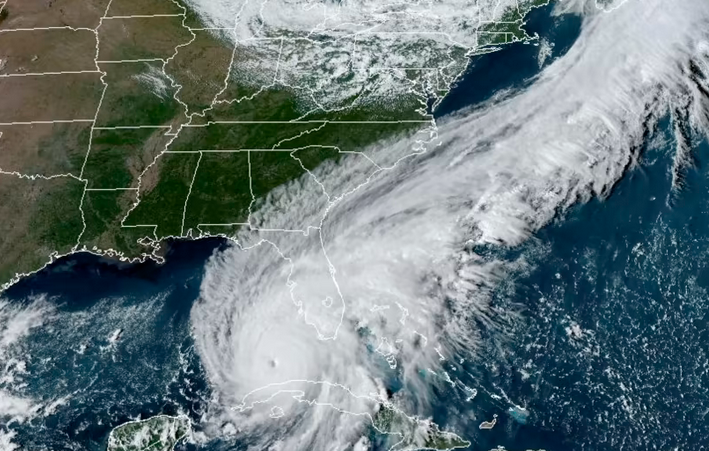Small Business
Financial Preparedness Tips for Hurricane Season
Hurricane Ian threatens tens of millions of people and businesses in Florida and the East Coast with heavy rains, strong winds and flooding as the Category 4 storm is expected to make landfall September 28.
Sep. 28, 2022

Hurricane Ian threatens tens of millions of people and businesses in Florida and the East Coast with heavy rains, strong winds and flooding as the Category 4 storm is expected to make landfall September 28.
The American Institute of CPAs, (AICPA) understands that disasters such as Hurricane Ian not only take an emotional toll, but they take a financial toll as well. Safeguarding one’s finances in case of a catastrophic event is an often-overlooked aspect of disaster preparedness. To help people and businesses mitigate potential damages and lessen the financial blow of a disaster, the AICPA, American Red Cross and National Endowment for Financial Education (NEFE) developed the Disasters and Financial Planning: A Guide for Preparedness and Recovery.
“People and businesses need to take proactive steps to minimize the potential impact that disasters, such as Hurricane Ian, can have on their lives and financial well-being,” said Eva Simpson, CPA, CGMA, VP – Tax Practice and Financial Planning at AICPA. “When a natural or other disaster strikes, often the initial concerns are dealing with the personal and emotional fallout, but it is important to remember there are financial effects that can have long-term impacts. Disaster preparedness can go a long way to mitigate the financial toll and help people and businesses recover.”
In preparation for a natural disaster, people should plan to:
- Compile a disaster supply kit that includes food and water, first-aid supplies, flashlight and extra batteries, medications, baby and pet supplies, blankets, hygiene products and copies of personal documents.
- Develop a disaster plan that includes identifying safe places in the home, evacuation plans and family responsibilities.
- Take steps to reduce property damage.
- Identify how a disaster could impact jobs and livelihoods.
- Evaluate and enroll in adequate medical insurance and disability and long-term care policies.
- Safeguarding records and irreplaceable items.
- Protecting loved ones by identifying a meet-up location in case of separation.
Hurricane Ian will likely disrupt businesses and organizations of all sizes as it stretches across the Southeast. Small businesses are especially vulnerable to the financial impacts of disasters. Business owners can help mitigate the impacts of a natural disaster by:
- Ensuring their continuity blueprint is in place and updated, including identifying a core team to handle critical tasks.
- Staying in touch with employees, clients and key business partners before, during and after the event.
- Establishing a backup location for operations in the event they need to relocate and continue operating.
- Establishing a relationship with a bank in other areas in case local banks are inaccessible.
The Red Cross Plan and Prepare is an online tool which complements the “Disasters and Financial Planning” guide and assists people and businesses in planning and preparing for events at home, school, and the workplace, as well as additional tools and apps.
It’s a long 6-month season, and it only takes a single storm to disrupt and cause extensive damage as we recently witnessed with Hurricane Fiona’s devastation throughout the Caribbean and Canada. Hurricane Ian is unlikely to be the last major Hurricane of the 2022 season, and people and businesses throughout the Gulf and Atlantic coasts are encouraged to evaluate their disaster preparedness plans.
